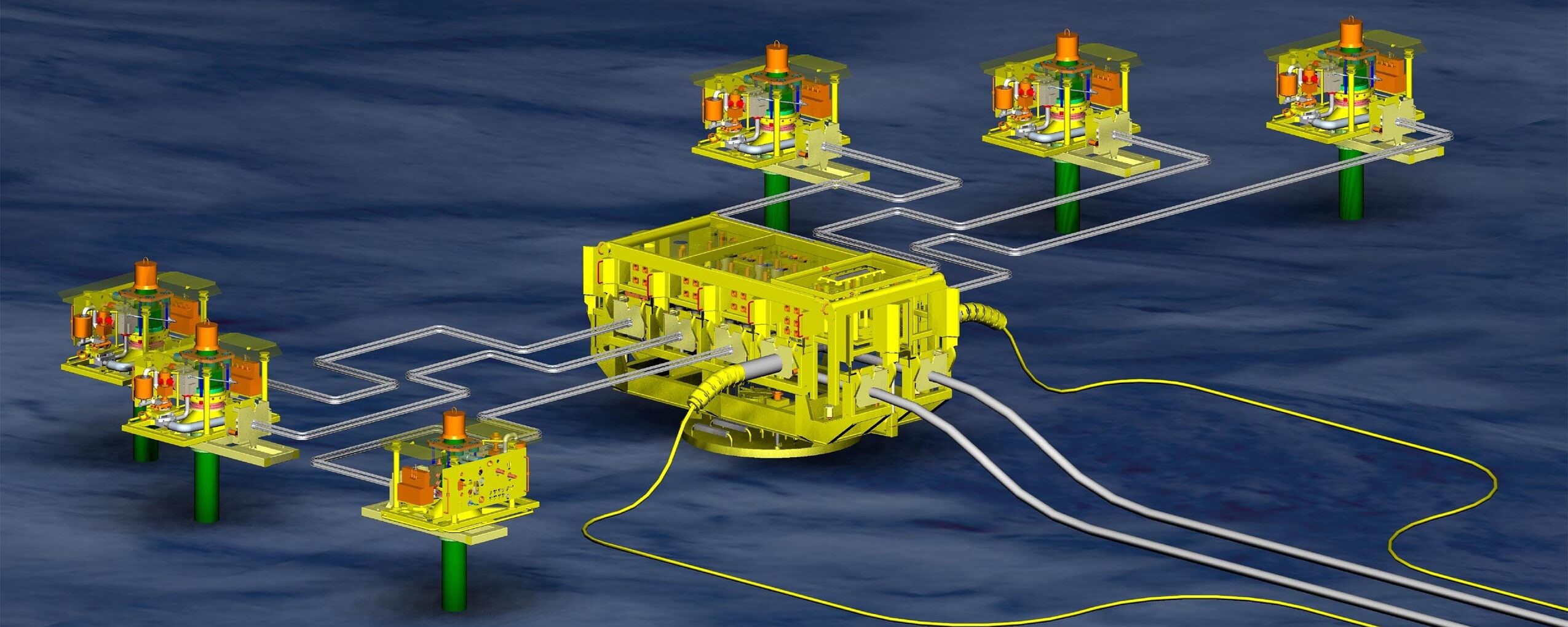No one, as of yet, has written the definitive history of subsea production technology. It probably should be me. Back in 2018, I spoke at two different Subsea UK events and during the course of each of those days, young engineers came up and thanked me for giving them a bit of a history lesson on why things are done a specific way and why they were solving some problems as such. My problem, as we used to say in Brooklyn, is that I have not gotten my ass in gear.
Joking aside, there are a number of reasons for this ‘missing link’ which might offer an unbiased view of what has occurred and what has been achieved over the last nearly half century. One is perspective. There are some brilliant subsea engineers, some are even literate (!), who might pen such a tome, but they all have a different angle. A book written from an operating engineer’s point of view would be considerably different than the one written from the consulting engineer’s POV and even more different from the hardware engineer’s POV. There are few folks who even have two of these different POV’s, eg Bil Loth, Hans Lindland and Hans Hopper to mention a few.
Another reason is demarcation or home territory, as you will. Where do we draw the boundaries on what should be discussed? Should it focus on xmas trees and/or control systems? If so, we will have to discuss templates and manifolds. What about umbilicals and risers? Definitely.
But then, there is the vexed question of pipelines and with it, flow assurance. At one time, subsea engineers and pipeline engineers were not even allowed in the same building, let alone given leave to speak to one another. I am not kidding.
If I recall correctly – and this comes to mind due to the recent passing of Andrew Palmer – at the time of Hamilton Bros’ mid-1980’s reconfiguration and expansion of the Argyll field, the first UK oilfield which came into production in 1975, RJ Brown & Associates was awarded the field development engineering contract for the Argyll-Duncan-Innes complex. So what? That was a big deal, because RJBA was known as a pipeline engineering consultancy. It took a few more years before consultancies fully joined up their subsea and pipeline expertise. For example, even at the time of the birth of Mentor Engineering Consultants in the mid 1980’s, it was shadowed by sister company Mentor Pipeline Engineering.
And as for flow assurance, it did not even exist as a distinct discipline until the early 1990’s. Until then it was simply an offshoot of process engineering. While Petrobras may have been the first to coin the phrase, translated from the Portugese ‘garantia de escoamento’ or ‘garantia de fluxo’, I think that it first came to the attention of the wider industry on Shell Offshore’s Mensa deepwater gas project which came onstream in 1997.
The upshot is that it is difficult to decide what to talk about and what to leave to others. What others might they be anyway?
So what I propose to do is to construct a review of subsea production from my perspective, ie my tenure as editor of Subsea Engineering News, based on a number of key projects that changed the way the industry thought and acted. I am sure that more than a few folk will have their own take on this subject and I am happy to hear from you and pass on your comments and thoughts.
A key question is, where to begin? Many people would want to go back to the beginning. That might include Esso’s SPS system back in the mid 1970’s or maybe a few of Shell’s odd pioneering wells in the North Sea in the late 1970’s/early 1980’s. No. In fact, I also want to pass over Shell/Esso’s transformational Underwater Manifold Centre (UMC) development at Central Cormorant which came onstream in 1983. It was before my time, believe it or not, and was so monumental that it almost requires a book of its own. As a few of those young subsea engineers learned from my conference talks, much of what is done today continues to hark back to concepts that came out of the UMC. So it is likely that the landmark project will get mentioned more than a few times without attempting to review what happened nearly 40 years ago.
My primary concern about the UMC, as I said, was that I was not there. I would have to depend on the thoughts and views of others or on conference papers. It is not that I don’t trust others, but as I said in the beginning, folks have their own perspective on these things. At least if I start post UMC, I can offer my own take on things. In addition, there are a large number of engineers who have the UMC project on their CV’s who may have had a cursory involvement in the project, so you would not want to be asking questions of the wrong people.
So buckle up. The ride will begin with the next article and will continue, not necessarily consecutively as there might be other newsy things to comment on, until whenever I decide to stop. All aboard!




